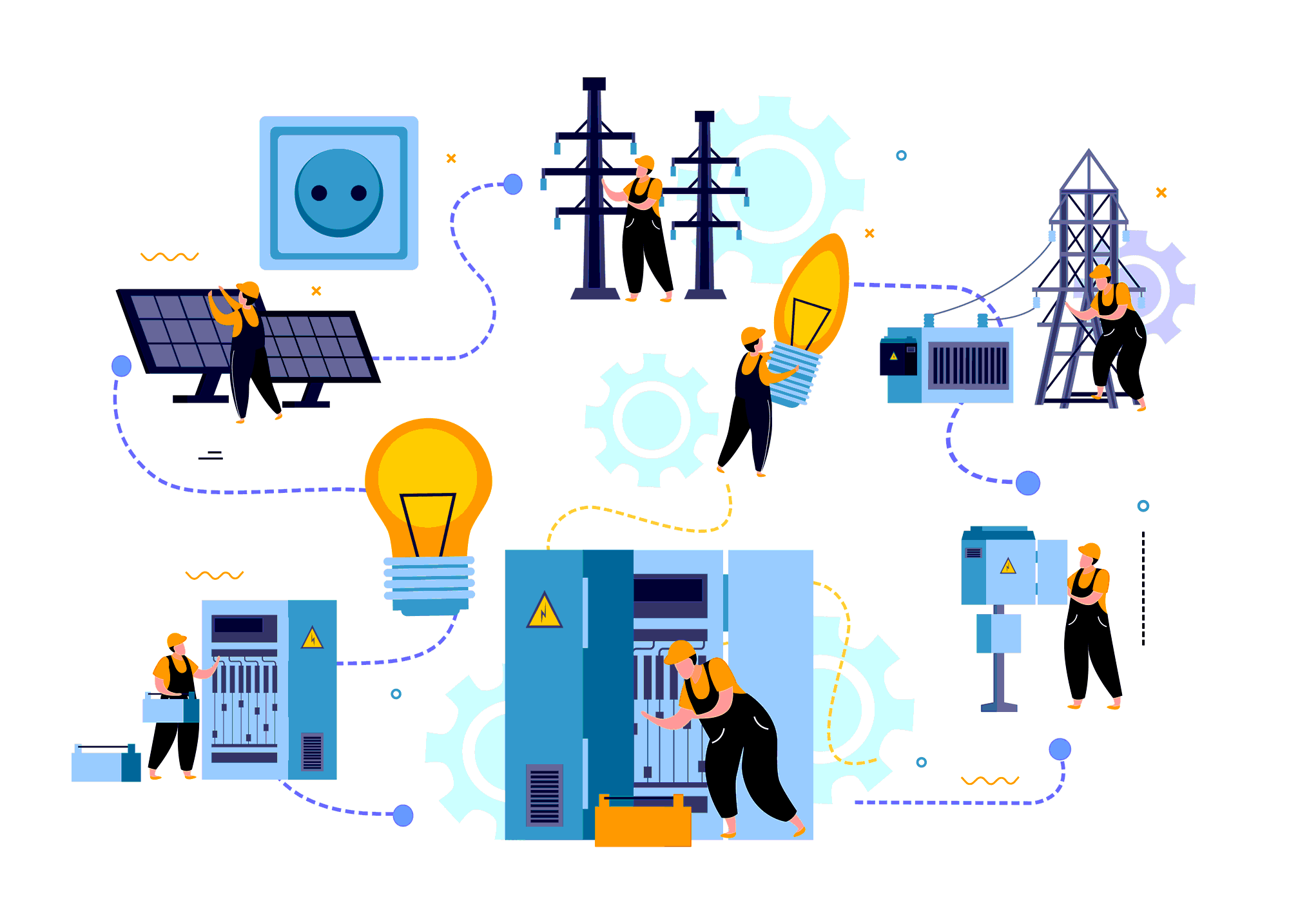
Uncovering the Limitations of Semiconductor Topology in Electronic Circuit Design
Semiconductor topology is the foundation of modern electronic circuits. It involves the use of semiconductors, such as transistors, to control the flow of current and perform logical operations. However, despite its widespread use, there are several limitations and challenges associated with semiconductor topology that can impact the overall performance and reliability of electronic circuits. In this article, we will explore these limitations and highlight the latest advancements in semiconductor technology to address these issues.
What is Semiconductor Topology?
Semiconductor topology refers to the arrangement of electronic components in an electronic circuit using semiconductor devices. Semiconductors, such as transistors, diodes, and integrated circuits, are used to control the flow of current and perform logical operations in electronic circuits. They are essential components in modern electronic devices, including smartphones, computers, and automobiles.
Disadvantages of Semiconductor Topology
Despite its widespread use, semiconductor topology has several disadvantages that can impact the overall performance and reliability of electronic circuits. Some of these disadvantages include:
1. Power Consumption: Semiconductor devices can consume a significant amount of power, leading to increased heat dissipation and reduced efficiency in electronic circuits.
2. Heat Dissipation: The use of semiconductor devices can result in increased heat dissipation, which can reduce the lifespan and reliability of electronic components.
3. Complex Circuitry: The use of semiconductor devices can lead to complex circuitry, which can be challenging to design and manufacture.
4. Limited Frequency Range: Semiconductor devices have a limited frequency range, which can impact the performance of electronic circuits at high frequencies.
Issues with Semiconductor Topology in Electronic Circuits
The limitations of semiconductor topology can lead to several issues in electronic circuits. Some of these issues include:
1. Reduced Efficiency: The power consumption and heat dissipation associated with semiconductor devices can lead to reduced efficiency in electronic circuits, resulting in increased energy consumption and reduced battery life in electronic devices.
2. Limited Performance: The limited frequency range of semiconductor devices can impact the performance of electronic circuits, leading to reduced speed and accuracy in electronic devices.
3. Reduced Reliability: The heat dissipation associated with semiconductor devices can lead to reduced reliability in electronic circuits, resulting in increased failures and downtime in electronic devices.
Latest Advancements in Semiconductor Technology
To address the limitations and challenges of semiconductor topology in electronic circuit design, researchers and manufacturers have developed several advancements in semiconductor technology. Some of these advancements include:
1. High-Efficiency Switching Converters: High-efficiency, high-frequency switching converters can reduce power losses by up to 90%, resulting in increased efficiency and reduced heat dissipation in electronic circuits.
2. EMIB Technology: The development of Embedded Multi-die Interconnect Bridge (EMIB) technology allows for the integration of multiple chips into a single package, reducing the need for complex circuitry and improving performance and reliability.
3. Gallium Nitride: The use of certain types of semiconductor materials, such as gallium nitride, can improve the efficiency and performance of electronic circuits, but may also lead to increased power consumption if not properly optimized.
Impact on Electronic Circuit Design
The limitations and challenges of semiconductor topology can have a significant impact on electronic circuit design. To overcome these limitations, designers and manufacturers must consider the following:
1. Power Consumption: Designers must consider the power consumption of semiconductor devices and develop strategies to reduce energy consumption and heat dissipation in electronic circuits.
2. Circuit Complexity: Designers must consider the complexity of electronic circuits and develop strategies to simplify circuitry and reduce the number of components used.
3. Material Selection: Designers must consider the selection of semiconductor materials and choose materials that offer optimal performance and reliability for electronic circuits.
Conclusion
Semiconductor topology is an essential component in modern electronic circuits. However, it also comes with its own set of limitations and challenges that need to be addressed to ensure optimal performance and reliability of electronic circuits.
Electrical Engineering

